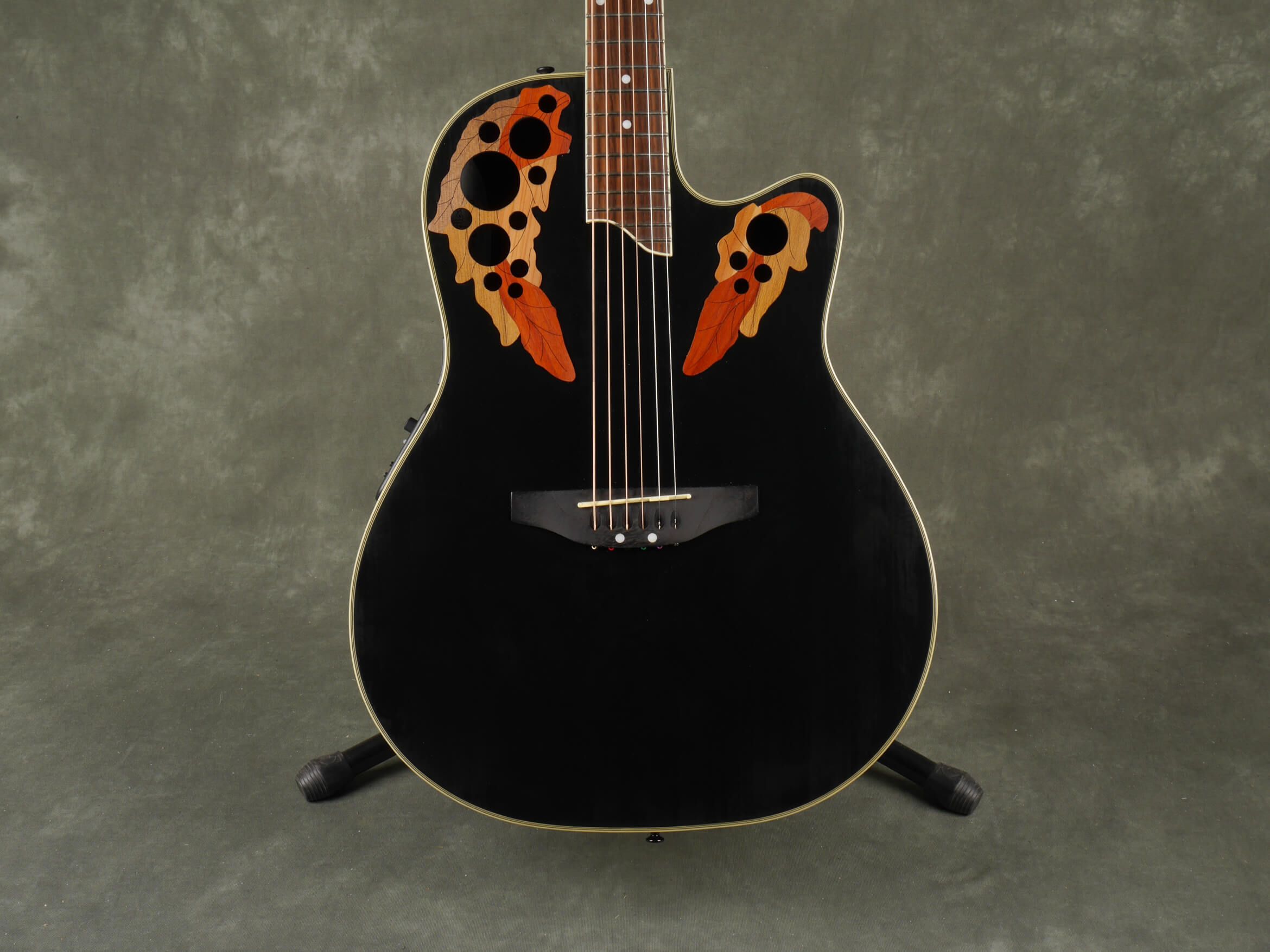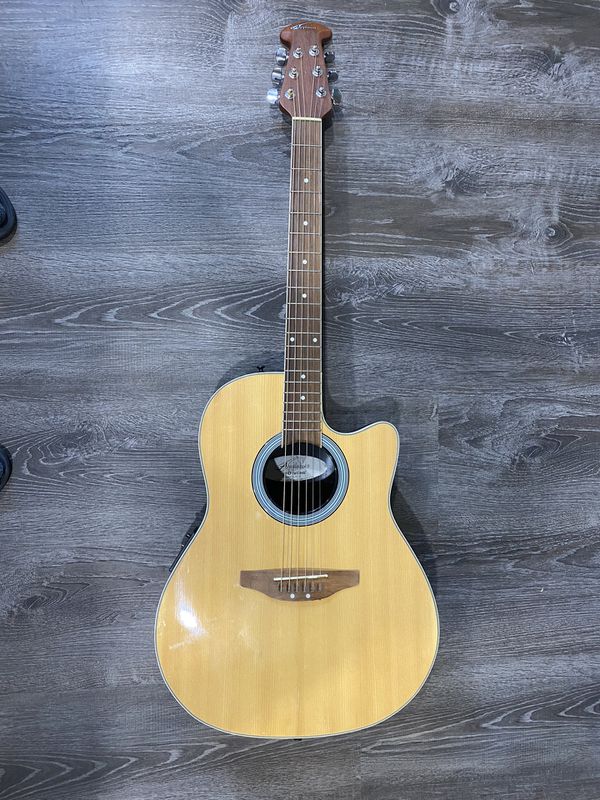

I stand here before you today as proof that miracles still happen and that God and science can coexist. GRAY: The life that I once felt like I was only existing in I am now thriving in. And how she finally received the CRISPR gene-edited cells - super cells, she calls them - as part of a study. I went home, and I continued to pray and look to God for answers. GRAY: During this hospital stay, with a ketamine infusion in one arm and a Dilaudid infusion in the next, but still no pain relief, I called all the doctors into the room, and I told them that I could no longer live like this.

STEIN: For 10 minutes, Victoria repeatedly chokes back tears as she describes her life with sickle cell, including one especially torturous pain crisis. Take a moment to go on a journey with me. I'm Victoria Gray, and I'm a 37-year-old mother of four and a sickle cell survivor. STEIN: Finally, it's Victoria's turn on the podium. You'll hear more from Victoria about her experience directly later today. David Liu from Harvard sounded a bit echoey because he addressed the summit remotely.ĭAVID LIU: There are more than 200 patients to date, including Victoria, Patrick and Carlene, pictured here, that have been treated in clinical trials with CRISPR nucleases targeting DNA sequences that, when disrupted, offer clinical benefit. STEIN: Speaker after speaker described the latest scientific advances in gene editing. So welcome to the third Summit on Human Genome Editing. I'm very pleased to see so many people here. STEIN: The next morning, Victoria makes her way through the crowd at the summit and finds a seat in the auditorium as Robin Lovell-Badge opens the three-day meeting at the Francis Crick Institute. Our flight is almost over, so please make sure you take everything with you when you leave. STEIN: So what do you think will be more nerve-wracking - doing the London Eye or speaking at that summit? GRAY: So I'm very excited - a little nervous, honestly, speaking in front of a large crowd. STEIN: As we circle back down, I ask Victoria how she's feeling about addressing the international gene editing summit the next day. STEIN: Did you ever think you'd be able to get a view like this? STEIN: So that looks like Big Ben right there.

Victoria's keen for a ride, even though she's afraid of heights. STEIN: Next stop is the London Eye - a huge Ferris wheel that towers over the city. And together, hand in hand, God and science worked for me. And God did his part - you know? - for what I prayed about for years. GRAY: Because religion is something that I hold close to my heart. GRAY: It's nice seeing all the old artifacts, especially the cross. Victoria is not thrilled by the mummies, but I find her studying a small wooden artifact hanging on the wall. GRAY: Yes, especially when you have a disease that they say was incurable. STEIN: I can't imagine having lived a whole life in one way and then having suddenly be so much better. GRAY: It's a huge difference - like night and day. GRAY: I would have never been able to walk this long before. She works full-time as a Walmart cashier, keeps up with her teenagers, so she thought she could handle exploring the city. Today, at 37, all of her symptoms have disappeared. She could barely get out of bed many days, struggled to care for her four children, keep a job. And even though she didn't sleep much on the overnight flight, she can't wait to see the sights.īefore the treatment, deformed red blood cells would incapacitate her with horrible, unpredictable attacks of pain, sending her rushing to the hospital for pain medication and blood transfusions.

STEIN: She had just arrived in London with her husband, Earl, from her hometown in Mississippi - her first trip outside the U.S. When we meet at her hotel in London on Sunday, Victoria looks like a different person. She'd been tormented by the devastating blood disorder her whole life and had just gone through a grueling procedure to have billions of her own bone marrow cells genetically modified and infused back into her body. ROB STEIN, BYLINE: When I first met Victoria almost four years ago, she was lying in a hospital bed in Nashville, so weak she could barely get out of bed. NPR health correspondent Rob Stein had exclusive access to chronicle Gray's experience. The Mississippi woman was the first person with sickle cell disease to be treated with a gene-editing technique known as CRISPR. Yesterday, the summit put the spotlight on one person, Victoria Gray. Some of the world's most celebrated experts on genetic engineering are in London this week to debate the promise and the peril of gene editing.


 0 kommentar(er)
0 kommentar(er)
